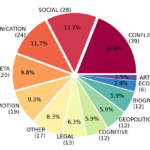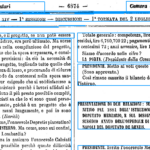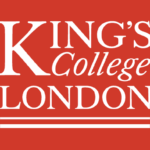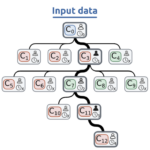Four papers have been accepted at CLiC-it 2018, the Fifth Italian Conference on Computational Linguistics that will be held in Turin on 10-12 December, 2018.
- Analysing the Evolution of Students Writing Skills and the Impact of Neo-standard Italian with the help of Computational Linguistics, by Rachele Sprugnoli, Sara Tonelli, Alessio Palmero Aprosio and Giovanni Moretti
Abstract: We present a project aimed at studying the evolution of students’ writing skills in the last 15 years, analysing in particular the impact of neo-standard Italian. More than 2,500 essays have been transcribed and annotated by teachers according to 28 different linguistic traits. We present here the annotation process together with the first data analysis supported by NLP tools.
- Arretium or Arezzo? A Neural Approach to the Identification of Place Names in Historical Texts, by Rachele Sprugnoli
Abstract: This paper presents the application of a neural architecture to the identification of place names in English historical texts. We test the impact of different word embeddings and we compare the results to the ones obtained with the Stanford NER module of CoreNLP before and after the retraining using a novel corpus of manually annotated historical travel writings.
- Tint 2.0: an All-inclusive Suite for NLP in Italian, by Alessio Palmero Aprosio and Giovanni Moretti
Abstract: In this we paper present Tint 2.0, an open-source, fast and extendable Natural Language Processing suite for Italian based on Stanford CoreNLP. The new release includes some improvements of the existing NLP modules, and a set of new text processing components for fine-grained linguistic analysis that were not available so far, including multi-word expression recognition, affix analysis, readability and classification of complex verb tenses.
- Towards Personalised Simplification based on L2 Learners’ Native Language, by Alessio Palmero Aprosio, Stefano Menini, Sara Tonelli, Luca Ducceschi, Herzog
Abstract: We present an approach to automatic text simplification that addresses the need of L2 learners to take into account their native language during simplification, tuning the process to the similarities between L1 and L2. In particular, we develop a methodology that automatically identifies difficult terms (i.e. false friends) for L2 learners and simplifies them. We evaluate not only the quality of the detected false friends but also the impact of this methodology compared with a standard frequency-based approach to simplification.

Website:





